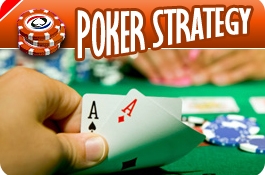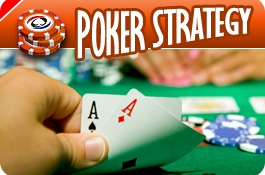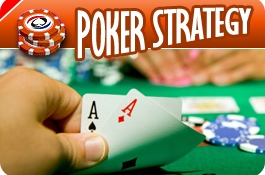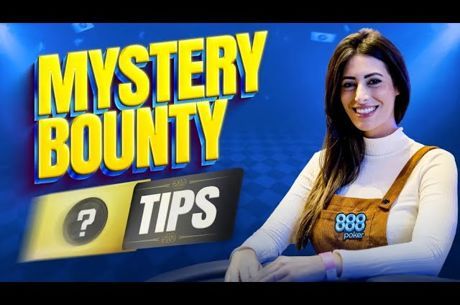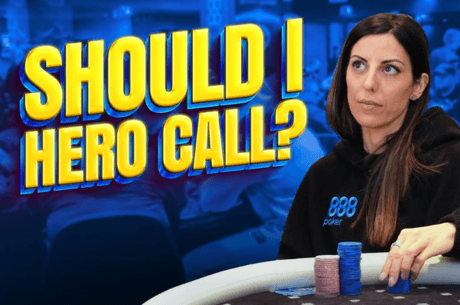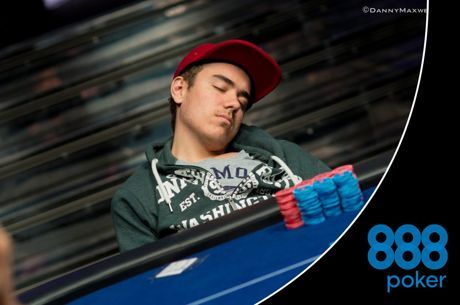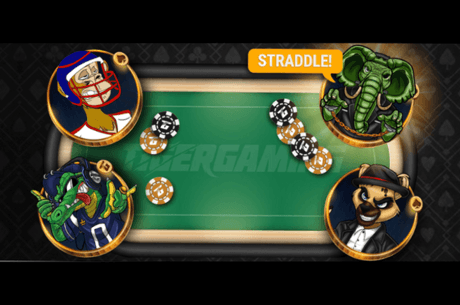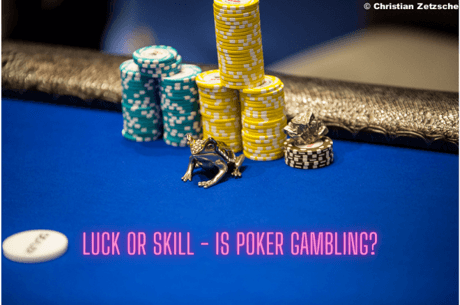Tournament Poker with Jeremiah Smith: Gathering Info and Trusting Your Read
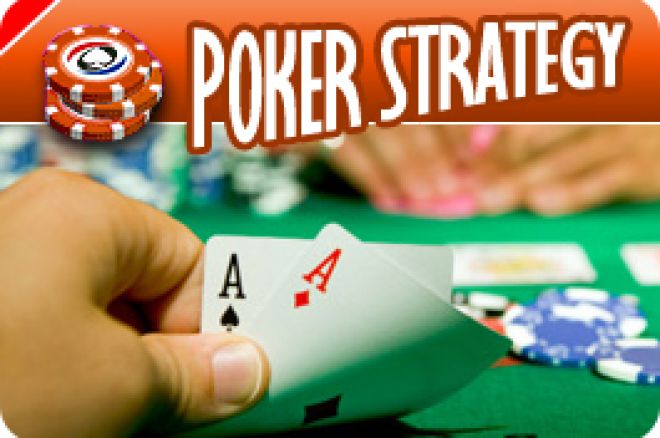
It was the first hand at a brand new table, and I wanted to implant a firm impression in my opponent’s minds that I was a bit of an idiot. This was a basic strategy I was using through the main event and, well, it was working; that first impression would stick just long enough to force them into a critical mistake. With 300 big blinds the potential reward was well worth the small risk. Under the gun, I looked down at the powerhouse K-3 suited.
Naturally, I raised 2.5x, receiving a lone caller on the button. I made a standard half-pot continuation bet on the Q-8-2 flop, intending to show the hand if I won or fold it face up if raised to establish my desired image.
Instead, my opponent quickly called. In this moment, my opponent gave me all the information I need to win this hand. If he had a hand that required some thought—like any pocket pair or a hand with a Q in it—he would have taken the time to consider his options. Instead his quick call indicated one of two things: he was drawing or he was simply floating with the intentions of taking the hand away on a later street. The “quick call equals a draw” is a classic tell first outlined in Caro’s Book of Poker Tells.
Initially, I was leaning towards a pure float. If so, I planned on firing a second and third bullet if necessary, representing a big hand. The only real drawing hand he could have here would be J-10 for the gutshot. When the A fell on the turn, it offered the perfect opportunity to both define my opponent’s hand and continue telling a story with mine. If he was floating with anything other than an A, a second bullet here would win the pot. If he did have an A, my bet should make him pause to consider his options. If I was wrong and he did call with a hand like 7-7, a bet here should win me the pot (in which case I would proudly display the K-3).
Instead, I received another quick call. Normally, I don’t recommend putting an opponent on a specific hand. Instead, you need to think about a range of hands that he could possibly have, then calculate your equity versus each. However, in this instance, the speed at which he acted told me everything I needed to know; he was indeed drawing with J-10. In his mind, he picked up additional outs with a double-gutshot, and if he hit I would likely pay him off since I likely had a big hand. The river was another innocuous deuce.
Here’s where the critical part of making this read comes into play—you have to trust it enough to go with it. At this point, my K-high is really no different than A-Q; both are good versus the hand I put him on. With that in mind, how would you maximize value versus a drawing opponent with A-Q? You would check and let him bluff. The safe route is to bet and let your opponent fold his hand…but what fun would that be?
Truthfully, I was hoping for a check-behind. Instead, he instantly pushed a substantial bet towards the middle of the table. I decided to do a little stalling so I could gather some more information about this opponent. Specifically, what did he look like when bluffing? Did he have any obvious tells? I started talking through the hand, and finally told him I had him on J-10 suited the entire way. I made the call and my read was correct (now, instead of establishing an idiot image, the table didn’t know what to think).
Remember, my point isn’t that you should go looking for ridiculous spots to make hero calls. Instead, once you have enough information, make your decision, formulate a plan to extract maximum value, and go with it. Don’t get cold feet and back down. Will you be wrong sometimes? Of course. But, by following through, you’ll start getting it right more frequently as you gain confidence. In next week’s article, I’m going to describe a poker hand against this same opponent where I went with my read but it ended with entirely different results.

